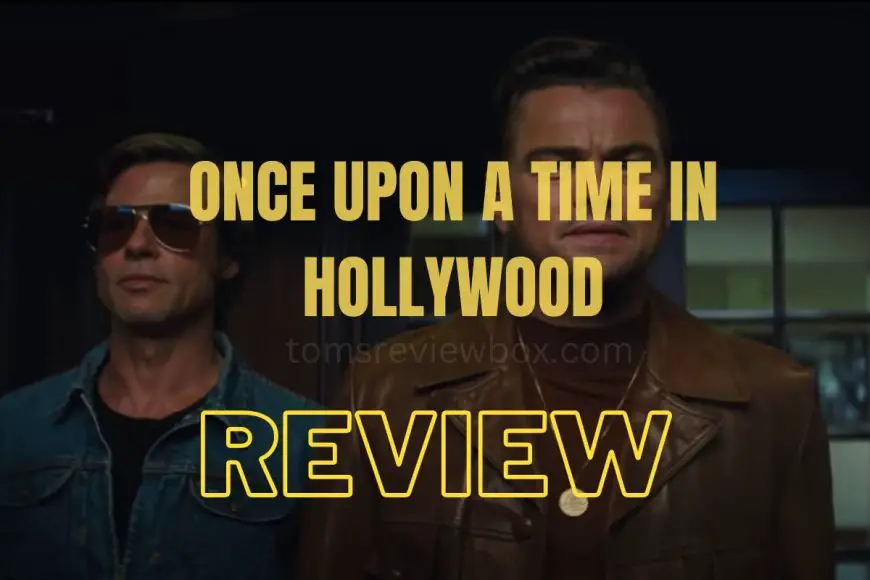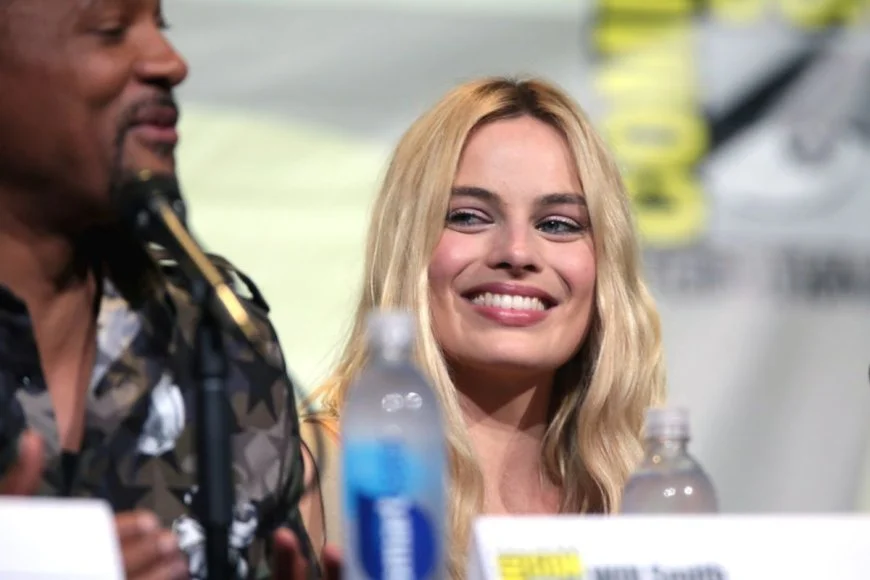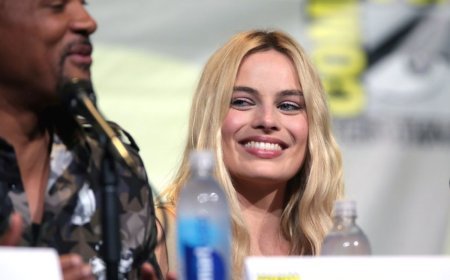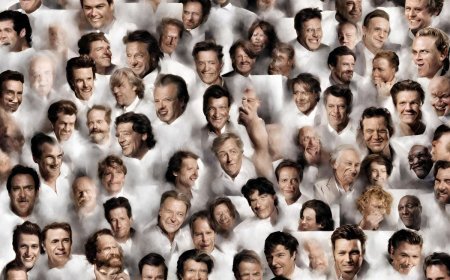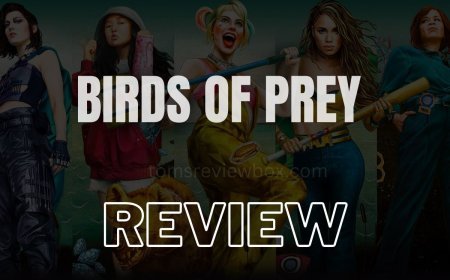Once Upon a Time in Hollywood: Quentin Tarantino's Vision & Cultural Impact
Discover Quentin Tarantino's "Once Upon a Time in Hollywood" with an all-star cast. Get the full movie experience on Amazon Prime Video now!
Once upon a time in Hollywood, Quentin Tarantino's visionary storytelling takes us on a journey through the glitz and glamour of 1960s Los Angeles. This film contrasts the fading golden age of Hollywood with the rise of an evolving entertainment industry, offering a captivating blend of fiction and reality. As we delve into this cinematic masterpiece, we'll explore its iconic characters, brilliant performances by A-list actors, and the meticulously recreated vintage backdrop that immerses viewers in a bygone era. Join us as we dissect the intricate layers of plot twists, cultural references, and Tarantino's signature stylistic elements that make "Once Upon a Time in Hollywood" an unforgettable ode to Tinseltown.
Once Upon a Time in Hollywood Overview
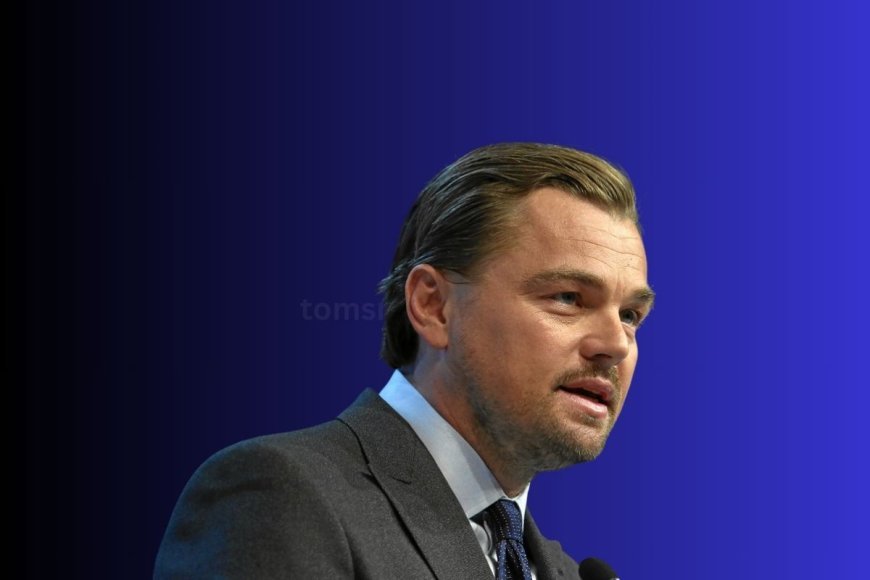
Plot Summary
Set in 1969 Los Angeles, Once Upon a Time in Hollywood follows the lives of actor Rick Dalton, his stunt double Cliff Booth, and the film's cast. The plot intertwines with the infamous Manson Family murders, providing a unique perspective on this historical event. Throughout the film, viewers are taken on a journey through an era of change and turmoil, experiencing the challenges faced by both fictional characters and real-life figures.
The dynamic storytelling captures the essence of 1960s Hollywood while exploring themes such as friendship and ambition. As audiences follow Rick and Cliff's experiences within the film industry, they witness their struggles to navigate an evolving landscape while trying to maintain relevance in an increasingly competitive environment.
Cast & Crew
Leonardo DiCaprio delivers a captivating performance in the film as Rick Dalton, showcasing his versatility as an actor. Brad Pitt's portrayal of Cliff Booth adds depth to their on-screen partnership. Under Quentin Tarantino's direction, these actors come to life in meticulously recreated scenes that transport viewers back in time.
Quentin Tarantino's vision for Once Upon a Time in Hollywood is brought to fruition by an exceptional cast and crew. Their collective talent contributes to the film's immersive experience while paying homage to classic cinema from decades past.
Once Upon a Time in Hollywood Casts
Here's a comparison table of the main casts for "Once Upon a Time in Hollywood":
|
Actor |
Role |
Notable Feature |
|---|---|---|
|
Leonardo DiCaprio |
Rick Dalton |
Academy Award winner |
|
Brad Pitt |
Cliff Booth |
Golden Globe winner |
|
Sharon Tate |
Award-winning actress |
|
|
Al Pacino |
Marvin Schwarz |
Legendary actor |
|
Dakota Fanning |
Squeaky Fromme |
-
Leonardo DiCaprio brings his award-winning talent to the role of Rick Dalton, adding depth and charisma to the character.
-
Brad Pitt's portrayal of Cliff Booth earned him a Golden Globe, showcasing his versatility and charm on screen.
-
Margot Robbie's performance as Sharon Tate highlights her skill as an actress, capturing the essence of the iconic figure.
-
Al Pacino's presence as Marvin Schwarz adds gravitas and experience to the ensemble, elevating the overall quality of the film.
-
Dakota Fanning's portrayal of Squeaky Fromme showcases her rising star power, bringing a fresh perspective to the cast.
With such a stellar lineup of talent, "Once Upon a Time in Hollywood" boasts an impressive cast that delivers memorable performances, contributing to Quentin Tarantino's vision for the film. Each actor brings their unique strengths to their respective roles, adding layers of complexity and authenticity to the characters. This diverse ensemble showcases the range and depth of talent in the industry, creating a captivating viewing experience for audiences.
Production Process
Filming took place across various iconic locations in Los Angeles, allowing audiences to immerse themselves fully into the world of 1960s Hollywood. The production design team spared no detail when recreating this pivotal time period with precision and authenticity.
Tarantino’s meticulous attention to detail is evident throughout every aspect of production - from costume design to set decoration - ensuring that every frame exudes nostalgic charm without sacrificing historical accuracy.
Release Information
Upon its release in July 2019, Once Upon a Time in Hollywood film garnered widespread acclaim from critics and audiences alike. Premiering at the prestigious Cannes Film Festival further solidified its status as one of Tarantino's most celebrated works.
The film achieved commercial success while earning accolades for its compelling storytelling and masterful execution. film Its ability to captivate viewers through engaging narratives intertwined with significant historical events has cemented its place as a timeless cinematic experience.
Quentin Tarantino's Vision
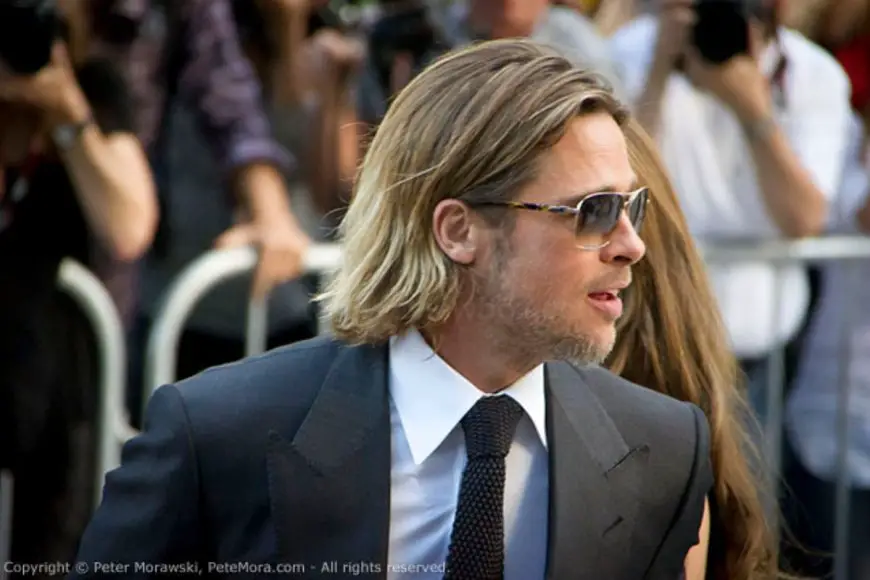
Directorial Style
Quentin Tarantino's signature nonlinear storytelling is evident in "Once Upon a Time in Hollywood." The film seamlessly weaves together multiple storylines, creating a rich tapestry of characters and events. This approach keeps the audience engaged and adds depth to the narrative.
The movie pays homage to classic Hollywood filmmaking, capturing the essence of an era known for its glamour and allure. Through meticulous attention to detail, Tarantino brings the 1960s back to life on screen. From vintage cars to authentic set designs, every element contributes to the immersive experience.
Tarantino's directorial style in film is characterized by visual flair and a deep appreciation for dialogue. Each film frame is carefully composed, showcasing his keen eye for aesthetics. Moreover, his scripts are renowned for their sharp wit and compelling conversations that drive the plot forward.
Writing and Development
In "Once Upon a Time in Hollywood," Quentin Tarantino masterfully intertwines fictional characters with real historical events and film. This unique blend, film, creates a captivating narrative that offers fresh perspectives on familiar moments in history.
The dialogue in the film captures the essence of 1960s Hollywood culture, reflecting both its glitz and underlying tensions. Through conversations laced with humor and poignancy, Tarantino paints a vivid picture of an era marked by rapid social change in his film.
The development process involved extensive research into the time period and its cultural significance. By delving into archives, studying old photographs, and immersing himself in literature from that era, Tarantino ensured an authentic portrayal of 1960s Los Angeles film.
Cultural References
"Once Upon a Time in Hollywood" abounds with references to iconic TV shows and films from the late 1960s. These nods not only add nostalgia but also enrich the film's storytelling by grounding it within its historical context.
The film effectively captures the changing landscape of Hollywood during that era—a time when traditional studio systems were giving way to independent filmmaking ventures. This shift brought about new voices and perspectives that reshaped American cinema forever.
Moreover, "Once Upon a Time in Hollywood" film reflects on how pop culture influences society at large—how it shapes our perceptions, attitudes, and aspirations while serving as a mirror to societal values at different points in history.
The Story's Characters

Fictional Roles
In "Once Upon a Time in Hollywood," Rick Dalton is a fading television star striving for a film career revival. His loyal friend and stunt double, Cliff Booth, accompanies him through the challenges of the entertainment industry's rapid transformation in film.
The characters' film journey unfolds against the backdrop of Hollywood's evolution. Rick grapples with his diminishing stardom in the film, while Cliff navigates his dual roles as a war veteran and stuntman. Their fictional personas in film offer an intimate look into the struggles and triumphs of individuals striving to find their place in an ever-changing world.
Historical Figures
Margot Robbie portrays Sharon Tate, a pivotal figure in the film's narrative. Charles Manson, film, and his followers are woven into the storyline, offering insights into their impact on Hollywood during that era.
By intertwining real-life personalities with fictional narratives, Tarantino creates a captivating blend of history and imagination in film. This approach immerses viewers in an authentic portrayal of 1960s Hollywood while infusing elements of fiction to craft a compelling story.
Character Backgrounds
Rick Dalton grapples with not only professional decline but also personal insecurities stemming from his waning film career. Meanwhile, Cliff Booth’s enigmatic past as both a war veteran and stuntman in the film adds depth to his character.
Sharon Tate embodies youthful optimism and innocence, symbolizing the vibrancy prevalent among rising film stars during that period. Each character's background contributes to painting a vivid picture of individuals grappling with their own internal conflicts amidst external pressures within the glitzy yet tumultuous realm of show business.
The Manson Family Narrative
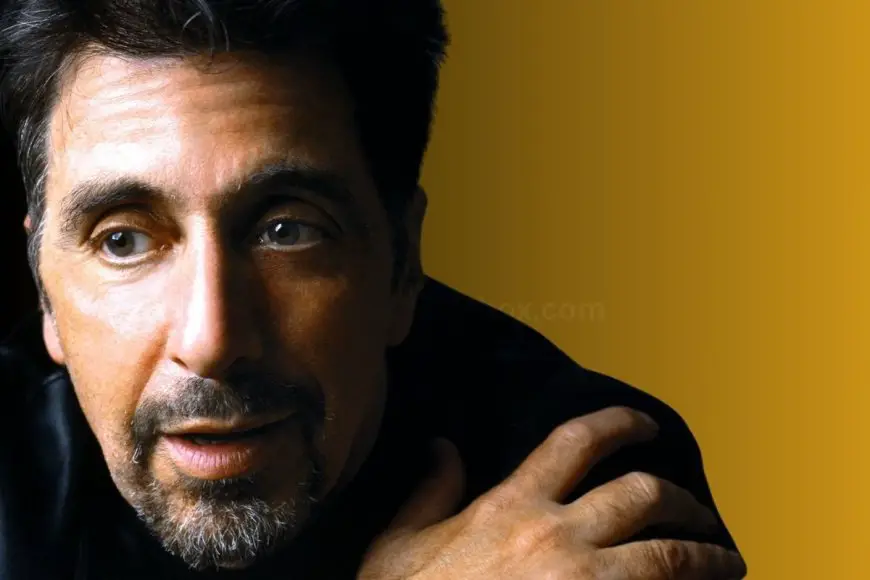
Portrayal and Significance
"Once Upon a Time in Hollywood" encapsulates the essence of Hollywood stardom and its challenges through its characters and film. Each character in the film represents different facets of the industry, portraying societal shifts in 1960s America. For instance, Rick Dalton symbolizes the struggle to maintain relevance in the film, while Sharon Tate embodies youthful innocence amidst a changing world.
The film's fantasy sequences seamlessly blend reality with dreamlike elements. These sequences add depth to the film's storyline by offering an alternate perspective on historical events. For example, the portrayal of Sharon Tate's life in the film includes whimsical scenes that provide insight into her aspirations and dreams beyond public perception.
The Finale Impact
The film culminates in a gripping finale that reimagines history, showcasing Tarantino's signature storytelling prowess. This impactful conclusion not only pays homage to classic Hollywood cinema but also presents an alternative reality that resonates with audiences on both emotional and intellectual levels.
Audience and Critical Reception
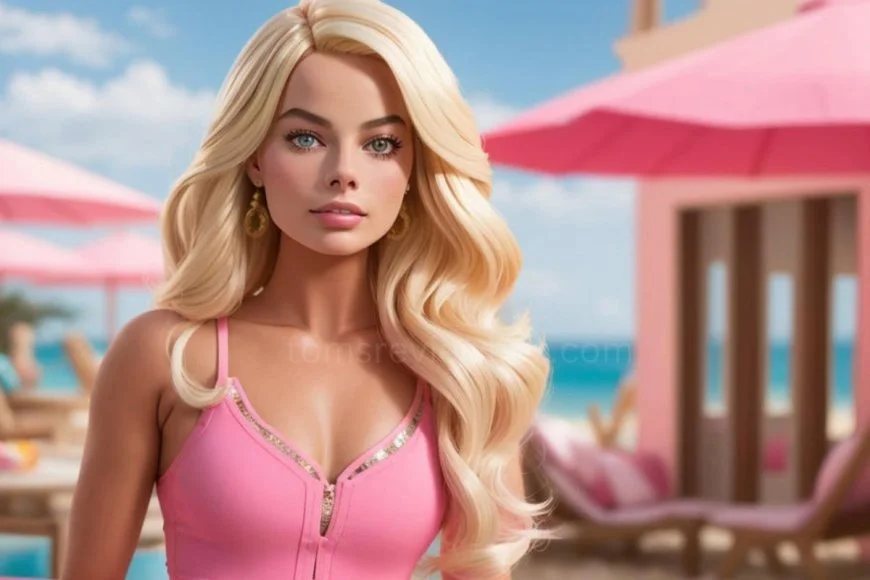
Audience Opinions
Once Upon a Time in Hollywood film received mixed opinions from the audience. Some viewers appreciated the nostalgic portrayal of 1960s Hollywood, praising the film's attention to detail and visual aesthetics. They enjoyed the dynamic performances of Leonardo DiCaprio and Brad Pitt, as well as the overall atmosphere created by director Quentin Tarantino in the film. However, others found the pacing slow and criticized the lack of a cohesive plot. Despite this, many acknowledged that the film's ending was unexpected and left a lasting impression.
On movie review websites, audiences expressed their admiration for specific scenes or dialogues that resonated with them emotionally. For instance, some praised the humorous interactions between DiCaprio's character Rick Dalton and his stunt double Cliff Booth in the film, while others highlighted Margot Robbie's captivating depiction of Sharon Tate.
Viewer Recommendations
For those who enjoy immersive period pieces with meticulous attention to historical context, the film Once Upon a Time in Hollywood comes highly recommended. Viewers who appreciate nuanced character development intertwined with subtle storytelling elements will find this film intriguing. Individuals interested in alternative interpretations of real-life events may be drawn to how Tarantino reimagines history within his film narrative framework.
Moreover, fans of classic cinema or those intrigued by behind-the-scenes glimpses into Hollywood's golden age are likely to savor this production for its authentic recreation of an iconic era in filmmaking history.
-
Pros:
-
Immersive portrayal of 1960s Hollywood
-
Meticulous attention to historical context
-
Nuanced character development
-
Cons:
-
Slow pacing for some viewers
-
Lack of cohesive plot structure
Critical Reviews
Critics offered diverse perspectives on the film Once Upon a Time in Hollywood, reflecting its polarizing nature among audiences. Some acclaimed it as a masterful homage to classic cinema techniques combined with Tarantino's signature style. They lauded its evocative cinematography and compelling performances while commending Tarantino’s ability to subvert expectations through unconventional storytelling choices.
Conversely, other film critics raised concerns about certain aspects such as pacing issues or perceived self-indulgence within lengthy scenes that contributed little to advancing the central narrative arc.
Musical and Cinematic Elements
Musical Score
The musical score in "Once Upon a Time in Hollywood" plays a crucial role in setting the tone for the film. The soundtrack of the film features an eclectic mix of popular music from the late 1960s, which not only enhances the nostalgic atmosphere but also serves as a storytelling device. For instance, when Cliff Booth (played by Brad Pitt) embarks on his journey through Los Angeles in the film, "Treat Her Right" by Roy Head and The Traits accompanies him, adding to the adventurous and carefree vibe of the scene.
Moreover, Quentin Tarantino's deliberate selection of songs in film reflects his meticulous attention to detail. Each song is strategically placed to evoke specific emotions or enhance pivotal moments in the film. This approach showcases how music can be used as a powerful tool to immerse audiences in the film narrative and create an unforgettable cinematic experience.
Filming Techniques
The film's filming techniques are another standout aspect that contributes to its overall appeal. Quentin Tarantino's signature style is evident throughout "Once Upon a Time in Hollywood," with meticulous attention given to every frame and film. One notable film technique is Tarantino's use of long takes, allowing scenes to unfold organically without frequent cuts. This technique creates an immersive film viewing experience while highlighting the actors' performances and showcasing intricate details within each shot.
Tarantino skillfully incorporates various camera angles and movements to capture different perspectives and intensify dramatic sequences in film. For example, during Rick Dalton's (played by Leonardo DiCaprio) emotional breakdown on set, close-up shots in the film effectively convey his vulnerability and inner turmoil, drawing viewers into his character's emotional state.
Furthermore, the director expertly utilizes practical effects rather than relying heavily on CGI, enhancing the authenticity of key action sequences in the film such as Cliff Booth's confrontation with Bruce Lee at The Green Hornet set.
Symbolism in the Storyline
Symbolism permeates throughout the film "Once Upon a Time in Hollywood," enriching its storyline with layers of meaning beneath its surface narrative. From subtle visual cues to recurring motifs woven into various scenes in film, symbolism adds depth and complexity to characters' arcs and overarching themes.
For instance:
-
The contrast between Sharon Tate’s innocence in the film symbolizes hope amidst looming darkness.
-
Rick Dalton’s struggle represents fading stardom amid changing film industry dynamics.
-
The flamethrower prop embodies reclaiming power amidst vulnerability.
These symbols offer film viewers opportunities for deeper interpretation while reinforcing thematic elements central to both individual character journeys and broader social commentary within 1960s Hollywood.
Box Office and Cultural Impact
Box Office Analysis
Once Upon a Time in Hollywood was a major success at the theaters, grossing over $373 million worldwide. The film's star-studded cast, including Leonardo DiCaprio and Brad Pitt, drew large audiences. Quentin Tarantino's directorial prowess also played a significant role in the film's commercial success.
The film resonated well with viewers who appreciated its unique storytelling and compelling characters. Its box office success solidified its position as one of Tarantino's most commercially successful films to date.
Cultural Popularity
Once Upon a Time in Hollywood" achieved widespread recognition for its captivating portrayal of 1960s Hollywood and film. The film showcased iconic landmarks such as the famous Cinerama Dome theater, adding an authentic touch to its depiction of the era.
Audiences were enamored by the nostalgic ambiance created by stuntman Cliff Booth's adventures through an intricately recreated vintage Los Angeles film. This cultural immersion contributed to the film's popularity among fans of classic cinema and those intrigued by Hollywood history.
The film also sparked conversations about 1960s pop culture, fashion, and lifestyle choices, further cementing its place within popular culture.
Controversial Portrayals
While "Once Upon a Time in Hollywood" film received critical acclaim, it wasn't without controversy. Some critics questioned Tarantino's decision to re-imagine real-life events involving actress Sharon Tate within his fictional film narrative.
However, others praised how he respectfully honored Tate’s memory while delivering an alternate reality that paid homage to her life rather than focusing solely on her tragic demise. This controversial aspect added depth to discussions surrounding artistic liberties versus historical accuracy in filmmaking.
The Legacy of Sharon Tate
Hollywood Appearance
Sharon Tate's Hollywood appearance was marked by her rising stardom and promising film career. She starred in several films, including "Valley of the Dolls" and "The Wrecking Crew." As an emerging actress, her talent and beauty captivated audiences worldwide. Her success in the film entertainment industry positioned her as a prominent figure in Hollywood during the 1960s.
Tate's portrayal of characters in film reflected her versatility as an actress. Her performances showcased a range of emotions, from lighthearted comedy to intense drama. This diversity in roles demonstrated her ability to bring depth and authenticity to each character she portrayed. Through her work, she left an indelible mark on the film industry, solidifying herself as a respected artist with limitless potential.
Tate's Hollywood presence not only contributed to the silver screen but also left a lasting impression on popular culture. Her elegance and charm made her a beloved icon whose influence transcended generations, cementing her status as a timeless symbol of grace and talent.
Representation in Film
In recent years, Sharon Tate's representation in film has garnered renewed attention due to Quentin Tarantino's "Once Upon a Time in Hollywood." The movie reimagines Tate's life within the backdrop of 1969 Los Angeles while intertwining fictional elements with historical events such as the Manson Family murders.
Tarantino’s portrayal offers an alternative narrative that celebrates Tate’s spirit and showcases what could have been had tragedy not struck. By depicting Tate’s vibrant personality and aspirations for the future, the film honors her legacy beyond being remembered solely for the brutal tate murders that cut short both hers and others' lives at Roman Polanski’s residence at Cielo Drive near Beverly Hills.
This representation serves as a poignant tribute to Sharon Tate by highlighting aspects often overshadowed by sensationalized accounts surrounding her tragic demise. It provides audiences with an opportunity to appreciate who she was beyond being associated with infamy or victimhood—a multifaceted individual brimming with dreams and potential.
Connections and Influences
Tarantino Film Links
Once Upon a Time in Hollywood is a film that beautifully weaves together the fictional story of Rick Dalton, played by Leonardo DiCaprio, with the real-life tragedy of Sharon Tate. The movie draws connections to other Quentin Tarantino films through its stylistic choices, character dynamics, and use of historical events as a backdrop for storytelling. For instance, just like in Pulp Fiction, multiple storylines converge to create an intricate narrative tapestry.
The interconnectedness between Once Upon a Time in Hollywood and Tarantino's previous works allows audiences to identify recurring themes such as redemption, loyalty, and the blurring line between reality and fiction. This connection enhances the viewing experience for fans of his filmography while also showcasing his distinct directorial style.
Historical Accuracy
While Once Upon a Time in Hollywood intertwines fictional characters with real historical figures like Sharon Tate and Charles Manson, it takes creative liberties with certain events for storytelling purposes. The film offers an alternative reality where these characters' fates are altered from what actually occurred during that time period.
By blending fact with fiction, Quentin Tarantino crafts an intriguing narrative that captivates audiences while prompting them to reflect on how history could have unfolded differently under alternate circumstances. This approach sparks discussions about the impact of individual choices on larger historical events.
Related Projects
In addition to its ties to other Tarantino films, Once Upon a Time in Hollywood has sparked interest in related projects exploring similar themes or time periods. For example, documentaries examining the life and legacy of Sharon Tate gained renewed attention following the release of this film. Discussions around other movies set against the backdrop of 1960s Hollywood experienced resurgence due to their thematic relevance.
The cultural impact generated by Once Upon a Time in Hollywood extends beyond just being another entry into Tarantino's filmography; it serves as inspiration for further exploration into various aspects depicted within the movie's storyline.
Closing Thoughts
You've now journeyed through the captivating world of "Once Upon a Time in Hollywood," gaining insight into Quentin Tarantino's unique vision, the compelling characters, and the chilling Manson Family narrative. You've explored the film's reception, its musical and cinematic elements, and its profound cultural impact. Delving into the legacy of Sharon Tate and the web of connections and influences has provided a deeper understanding of this cinematic masterpiece.
As you reflect on these aspects, consider how they have shaped your perception of the movie. Perhaps it's time to revisit the film with a newfound appreciation for its intricacies. Or maybe you're inspired to explore more of Tarantino's work and its impact on popular culture. Whatever path you choose, let the magic of storytelling continue to enrich your cinematic experiences.
Frequently Asked Questions
Is "Once Upon a Time in Hollywood" based on a true story?
Yes, the movie is set against the backdrop of real events and characters from 1969 Los Angeles, including Sharon Tate and Charles Manson. However, Quentin Tarantino's vision weaves fictional elements into the historical narrative.
What makes Quentin Tarantino's approach unique in "Once Upon a Time in Hollywood"?
Tarantino's signature style shines through with his meticulous attention to detail, nonlinear storytelling, and compelling dialogue. He skillfully blends reality with fiction to create an immersive experience that captivates audiences.
How has "Once Upon a Time in Hollywood" been received by audiences and critics?
The film garnered praise for its performances, cinematography, and nostalgic portrayal of Hollywood's golden age. Audiences appreciated its blend of humor and tension while critics lauded Tarantino's masterful direction.
What role does music play in "Once Upon a Time in Hollywood"?
Music serves as an integral part of the film's ambiance, evoking the spirit of the late '60s. From iconic tracks to original compositions, the soundtrack enriches each scene and contributes to the overall immersive cinematic experience.
How did "Once Upon a Time in Hollywood" impact popular culture?
The film left an indelible mark on pop culture by reigniting interest in 1960s cinema while sparking discussions about historical accuracy versus creative license. It also prompted renewed fascination with key figures like Sharon Tate.
What's Your Reaction?







































![MacBook Pro M5: All the features and specs you need to know [LEAKS REVEALED]](https://tomsreviewbox.com/uploads/images/202502/image_430x256_67bd6d7cd7562.jpg)















